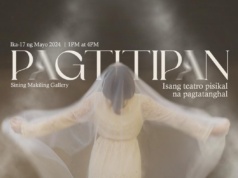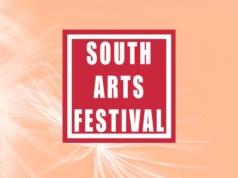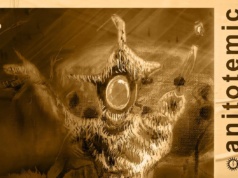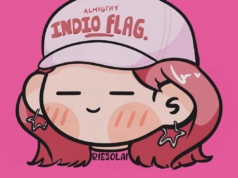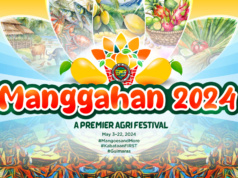Philippine Art Remembers 1521
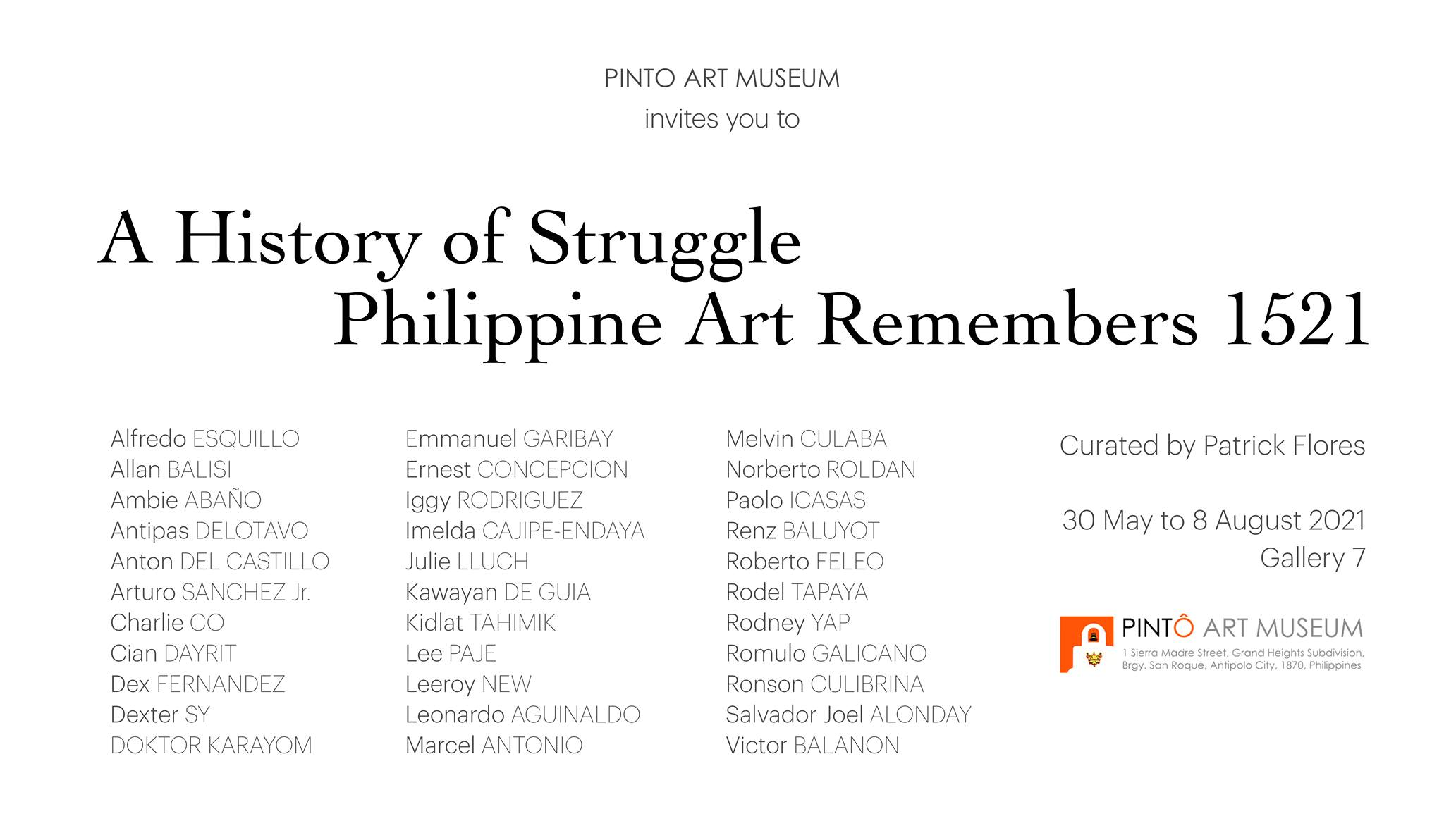
30 May to 8 August 2021
Pintô Art Museum
1 Sierra Madre Street Grand Heights Subdivision, San Roque, 1870 Antipolo, Rizal
The exhibition A History of Struggle: Philippine Art Remembers 1521 organized by the Pinto Art Museum and curated by Patrick Flores responds to the contexts surrounding the commemoration of the 500 years of the first circumnavigation of the world through the works of Philippine contemporary artists. It will open on May 30, 2021. The exhibition threads through simultaneously local and global events such as Ferdinand Magellan’s voyage, the triumph of Lapu-Lapu, and the first Catholic Mass in Asia. Recalling these historical moments serves as an opportunity for the artists to interpret the implications of a fraught history in the pandemic present and the contemporary reflections evoked by it. Exploring social criticism, allegory, counter-history, alternative mythology, and other visual strategies, the artists for the exhibition offer diverse responses in the registers of a revisit and a projection. A History of Struggle prompts them to risk imagery and technique while remaining rooted in the artistic resources that have made them strongly placed to speculate creatively on this arduous history of struggle.
The exhibition rethinks ideas of discovery, conquest, and conversion in light of the meeting between the Spanish fleet of Magellan and the valiant inhabitants of the Visayas. Imelda Cajipe-Endaya’s work forwards a “pro-Malay prehistory” that rewrites the history of Christianity by tracing it to missionaries who sailed with traders during the Srivijaya and Madjapahit era. For her part, Lee Paje proposes an “alternative myth of the first encounter of our ancestors with the colonizers,” which for her “shaped the patriarchal society we live in today.” From his unique perspective, Norberto Roldan processes ideas of distance not only in relation to the vast seas that the circumnavigation of the world had crossed but also in terms of the distance between “colonial faith and the indigenous belief system.”
Some works reconfigure the intellectual framework from which this history is seen. Kidlat Tahimik revises it by citing the figure of Enrique de Malacca, Magellan’s Malay slave, as the main protagonist of the circumnavigation of the earth. Renz Baluyot and Iggy Rodriguez, on the other hand, portray this arrival from the vantage point of the local people: Rodriguez focuses on the fleet as an “ominous presence,” while Baluyot envisions the seascape of Homonhon as the inaugural scene of a protracted struggle.
Rounding out the rewriting and rethinking of history are alternative and speculative histories in the contributions of Dex Fernandez and Ernest Concepcion. Fernandez depicts “a 500-year-old hybrid sacred monster [that] inhabits every Catholic Filipino” conceived in the institution of Catholicism by the Spanish conquerors. Concepcion harnesses fantasy to speak of parallel earths, shamans, and “supernatural celestial god-beings” and a history of conquest that spans multiple space-time continua and a multiverse.
The sensibilities and sources of the artists included in this exhibition vary and embody a wide range of commitments. A History of Struggle enlivens this diversity to cast postcolonial Philippine history more decisively and translate this history to insightful artistic form.
Among the participating artists are
Ambie Abaño, Alfredo Esquillo, Allan Balisi, Antipas Delotavo, Anton Del Castillo, Arturo Sanchez, Jr., Charlie Co, Cian Dayrit, Dex Fernandez, Dexter Sy, Doktor Karayom, Emmanuel Garibay, Ernest Concepcion, Iggy Rodriguez, Imelda Cajipe-Endaya, Julie Lluch, Kawayan De Guia, Kidlat Tahimik, Lee Paje, Leeroy New, Leonard Aguinaldo, Marcel Antonio, Norberto Roldan, Paolo Icasas, Renz Baluyot, Roberto Feleo, Rodel Tapaya, Rodney Yap, Romulo Galicano, Ronson Culibrina, Salvador Alonday, and Victor Balanon.
The exhibition will close on August 8, 2021.

